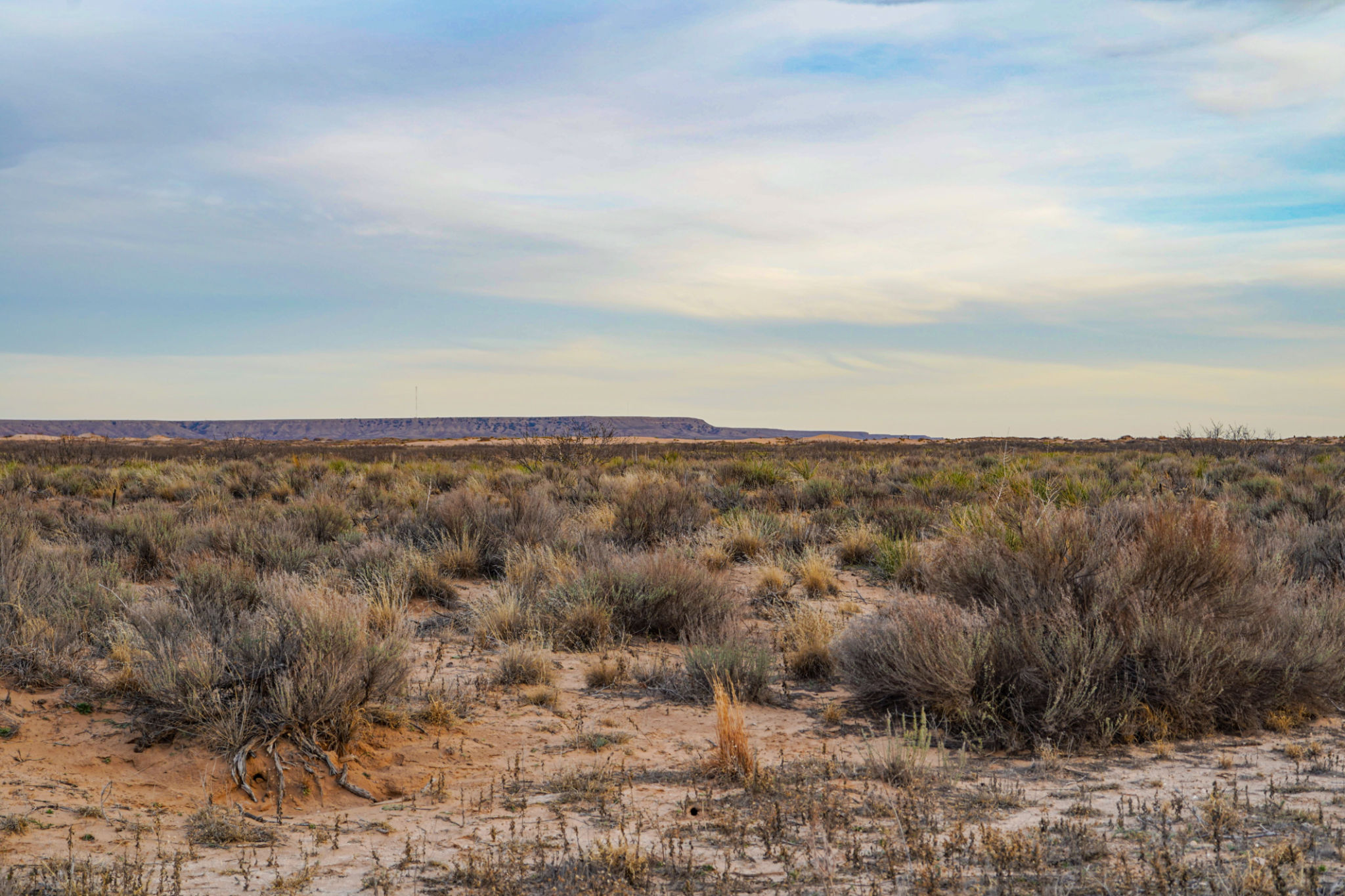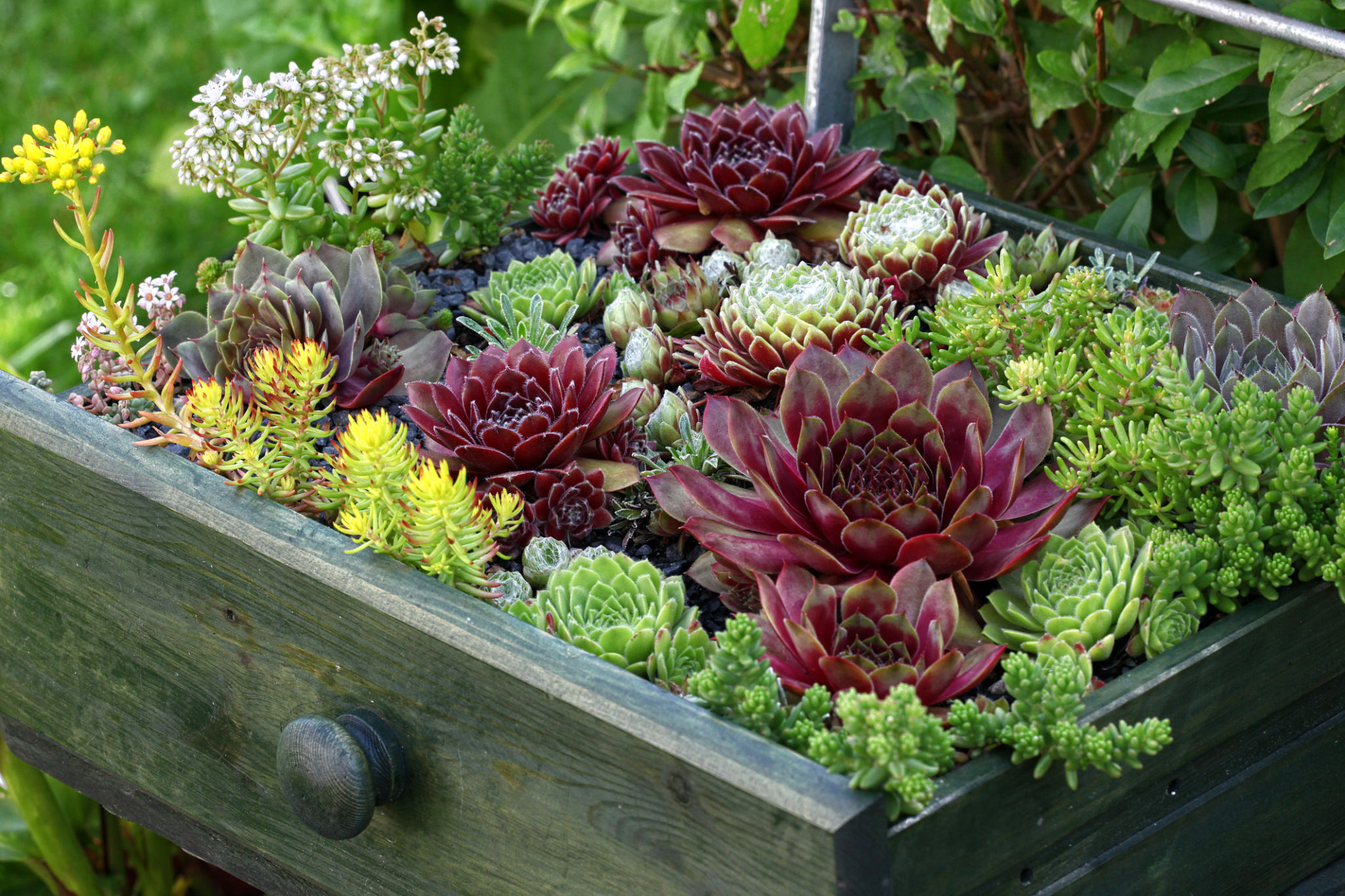Myth-Busting: Common Misconceptions About Desert Landscaping
MA
Understanding Desert Landscaping
Desert landscaping often evokes images of barren, lifeless expanses of sand. However, this couldn't be further from the truth. In reality, desert landscapes can be vibrant, sustainable, and full of life. By dispelling common misconceptions about desert landscaping, we can better appreciate the unique beauty and functionality this style offers.

Myth 1: Desert Landscaping Lacks Color
One of the most pervasive myths is that desert landscaping is dull and lacks color. In actuality, desert plants are often rich in hues and offer an array of vibrant blooms. From the striking reds and oranges of desert marigolds to the purples of agave blooms, there is plenty of color to be found. By carefully selecting native plants, you can create a lively garden that changes with the seasons.
Moreover, incorporating hardscaping elements like colored stones or tiles can further enhance the visual appeal of a desert landscape. These elements not only add color but also texture and structure to your garden design.
Myth 2: Desert Landscapes Are High-Maintenance
Another misconception is that maintaining a desert landscape requires significant effort. In fact, once established, desert gardens are relatively low-maintenance. Native plants are adapted to thrive with minimal water and care, making them perfect for water conservation efforts. By implementing drip irrigation systems and mulching, you can further reduce maintenance needs while promoting plant health.

Myth 3: Desert Landscaping Is Not Eco-Friendly
Some may believe that desert landscaping is not environmentally friendly due to the use of rocks and gravel. However, this perspective overlooks the benefits of native plantings and water-efficient designs. By choosing drought-tolerant plants and minimizing turf areas, desert landscaping conserves water and protects local ecosystems.
Furthermore, these landscapes often attract local wildlife, providing habitats for pollinators and small animals. Creating a balanced ecosystem in your garden supports biodiversity and promotes a healthy environment.
Myth 4: Limited Plant Variety
A common belief is that there are few plant options when it comes to desert landscaping. Contrary to this belief, there is a wide variety of plant species suitable for arid climates, including cacti, succulents, grasses, and even some trees. Each species offers unique textures and forms that contribute to a dynamic and interesting landscape design.

By exploring local nurseries or consulting with landscape professionals, you can discover a plethora of options to create a diverse and thriving garden.
The Aesthetic Appeal of Desert Landscaping
Finally, it's important to recognize the unique aesthetic appeal of desert landscaping. The juxtaposition of rugged textures with delicate blooms creates a visually stunning environment. The use of natural materials like stone and wood complements the plant life, creating harmony between built and natural elements.
In conclusion, desert landscaping is far from the barren wasteland many imagine. By understanding and dispelling these common myths, you can appreciate the sustainable beauty and diverse options that desert landscapes offer. Embrace the potential of your garden space by considering the vibrant possibilities of desert landscaping.
